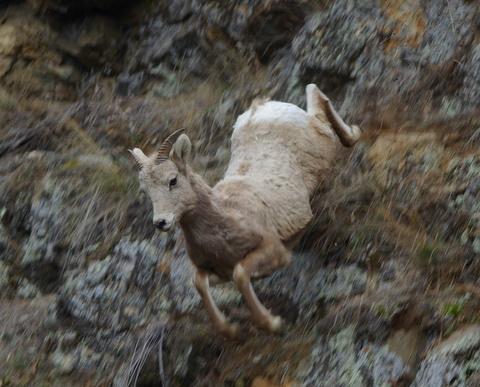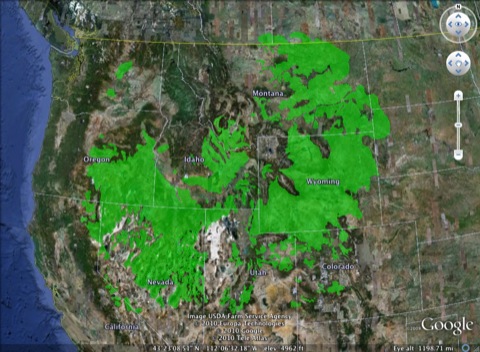Stability not unexpected as wolf numbers fall and hunting permits just north of Park are reduced-
In January I heard there would be no elk count this year because the lack of snow made counting pretty much impossible. I’m glad the amount of snow increased because these numbers are important. Gaps in the data are harmful.
Wolves were introduced in 1995 shortly after the highest elk population ever recorded on the Northern Range in 1993-94 (19,045 elk). Unfortunately, no elk count was made during the very severe winter of 1995-6 and the next year too. When the count resumed, the elk population was well down (13,400 in Nov. 1997).
I think the real (wolf x hunter x grizzly bear) effect on elk should date from when they resumed the count. Unfortunately, it is not known how many perished in the severe winter and the year just afterword. Interestingly, the elk count taken 3 months before the first wolves came back had already dropped from 19,045 to 16,791. This shows that 19,045 was a spike and should never be used as a starting point.
I think the restored wolf population did probably overshoot, but it has now died back naturally rather than through human interference.
My impression is that the present elk and wolf population on the Northern Range is pretty favorable, although these numbers can never be stable over any long period time. Nature has too many variables. At any rate, the elk herd is strong and healthy. The vegetation on the Northern Range is recovering. Pronghorn, beaver, and, I think bighorn, are increasing. These things were part of the goals of the wolf restoration in the Park. Of course, the Park is always changing. For example, like almost everywhere else, the pines are being killed of by the bark beetle. The Park’s near future will be a landscape even more open than today.
Here is the elk count news release from the Northern Yellowstone Cooperative Wildlife Working Group
Read the rest of this entry »


















